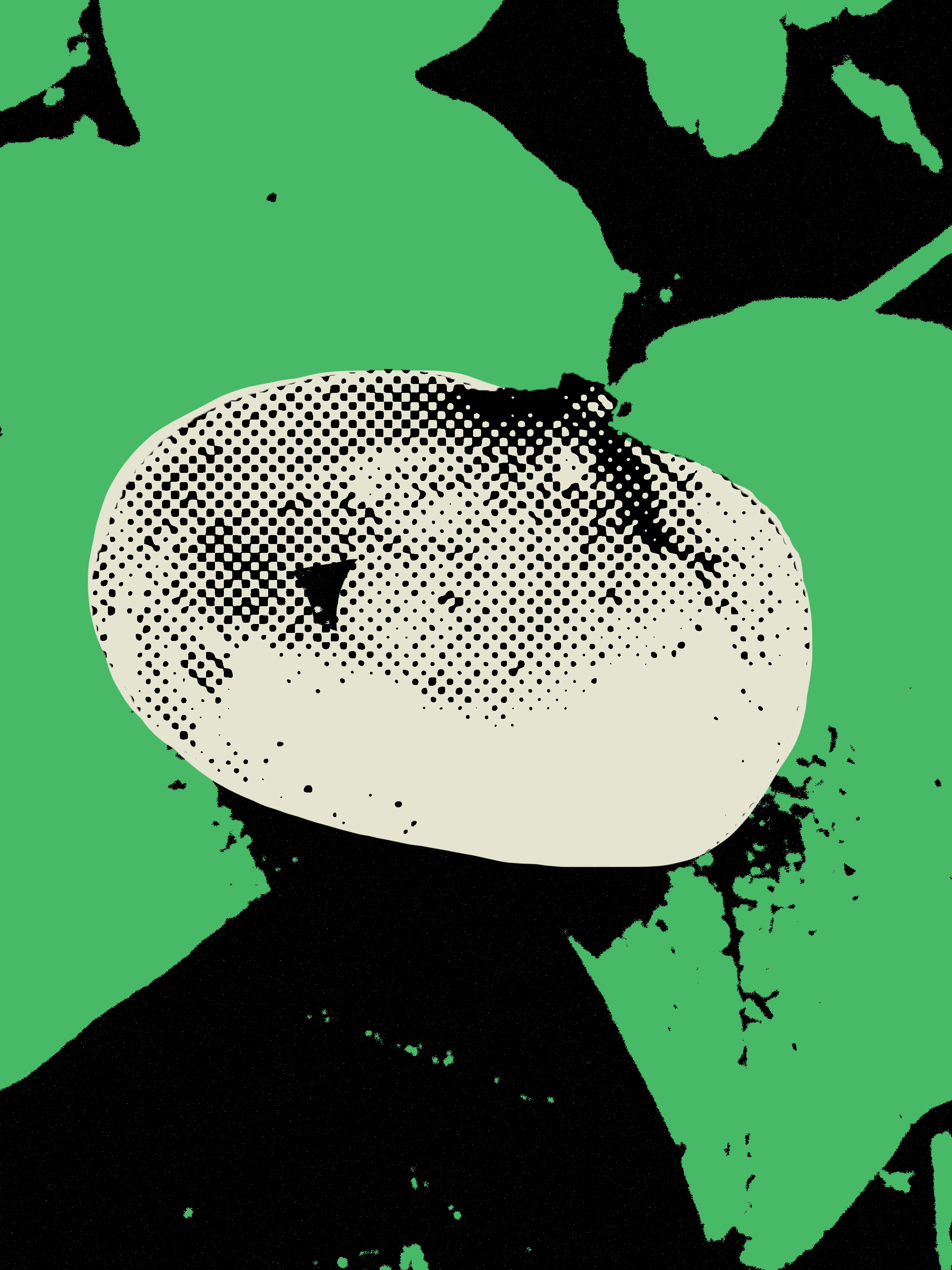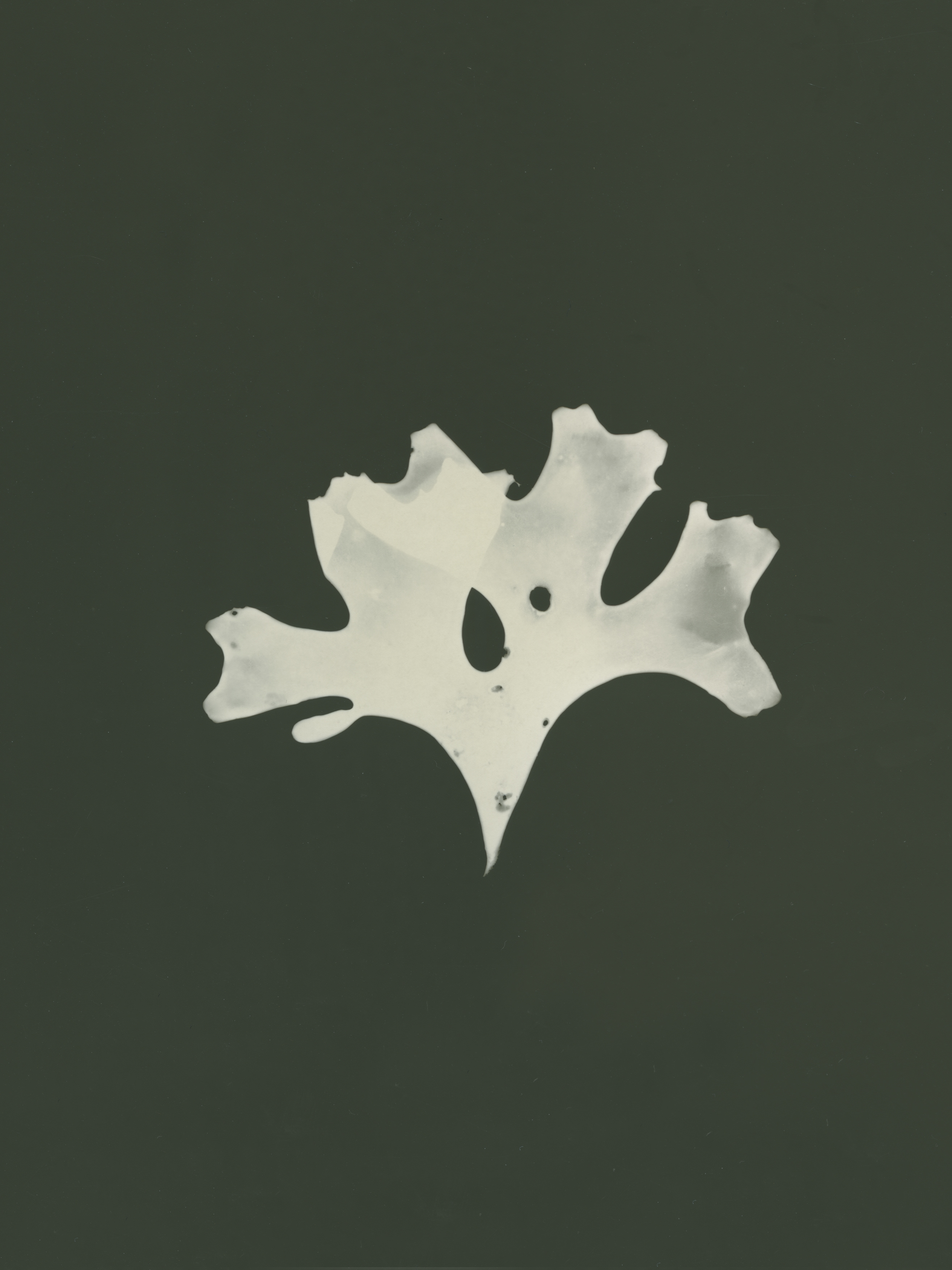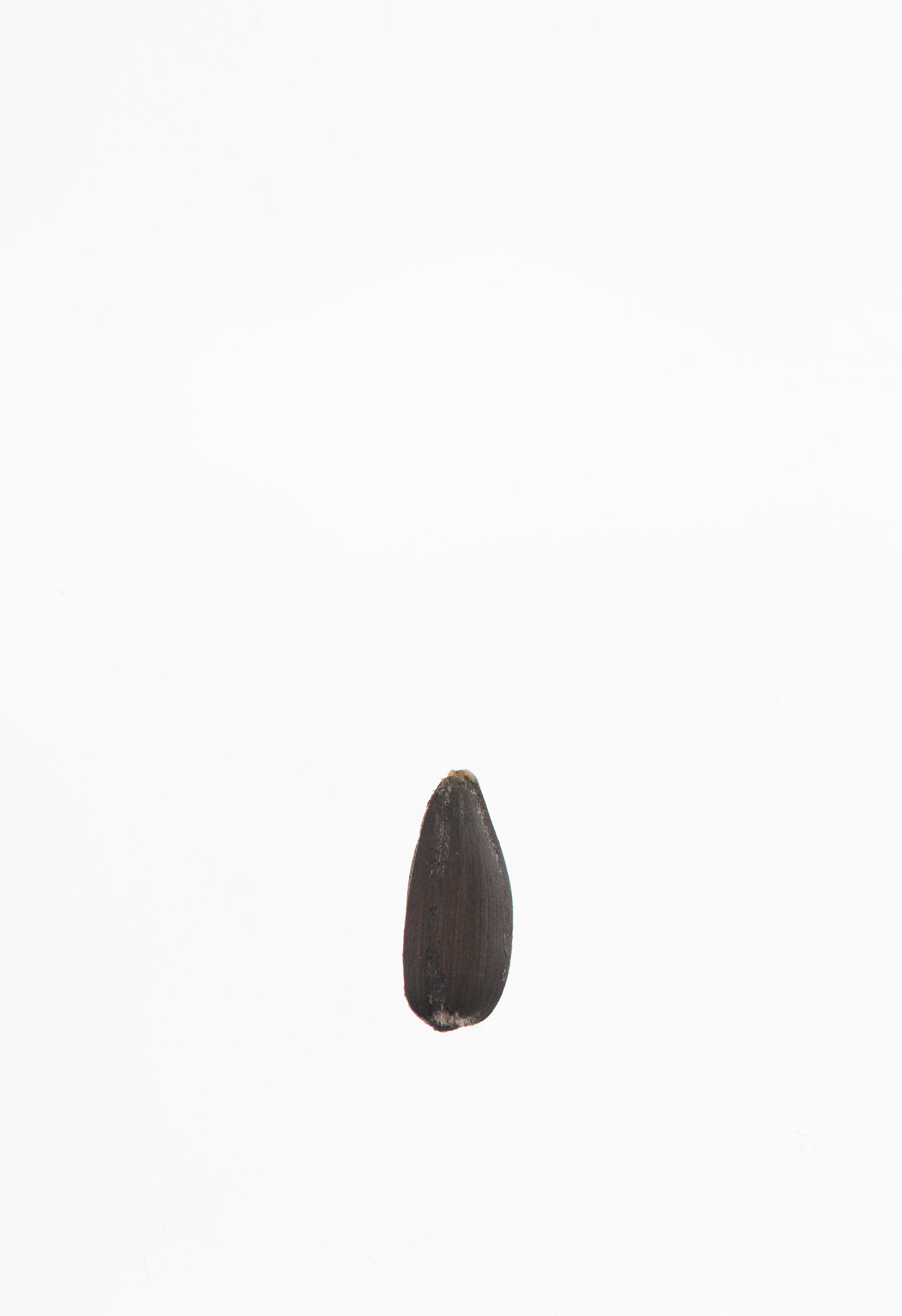

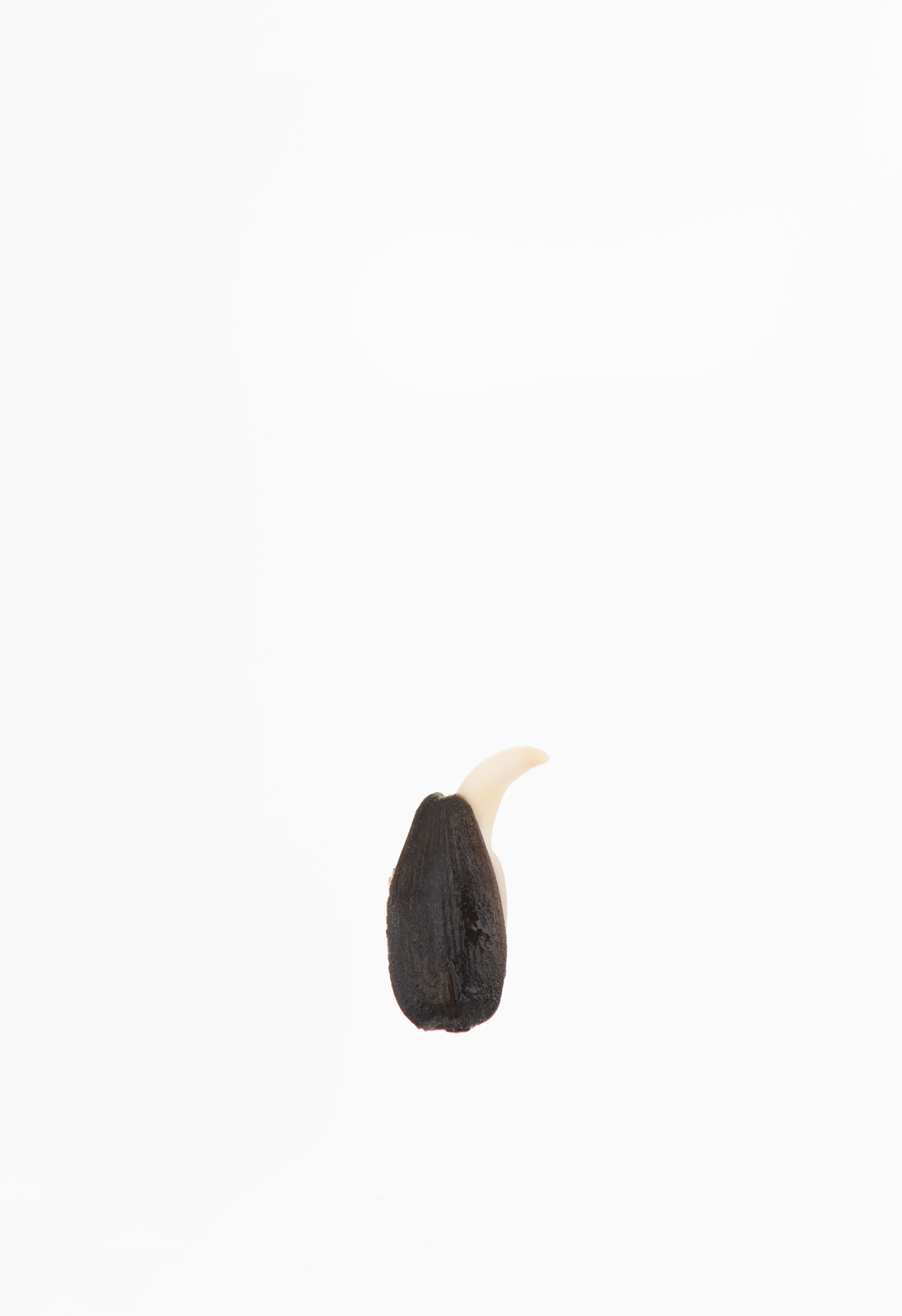

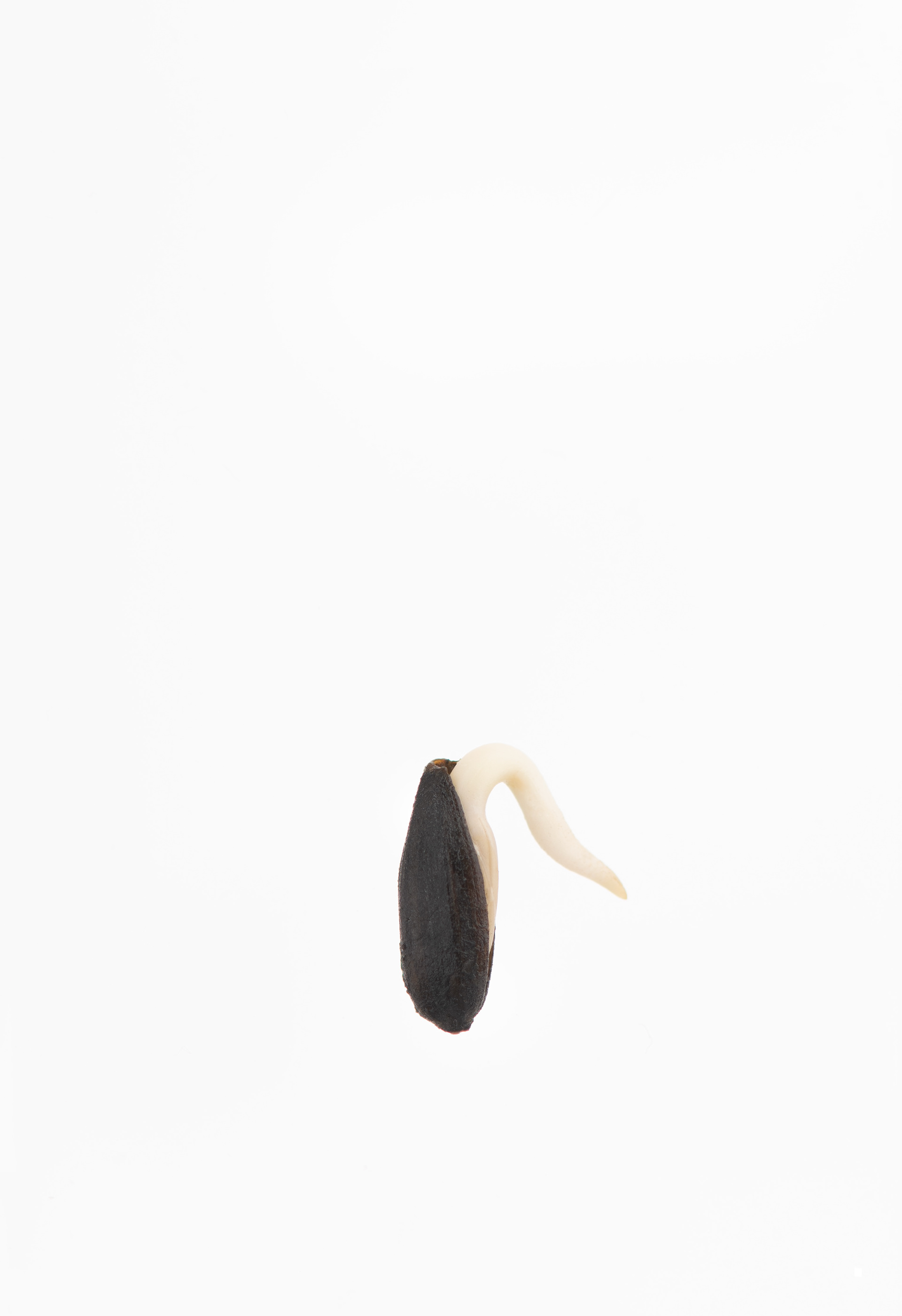
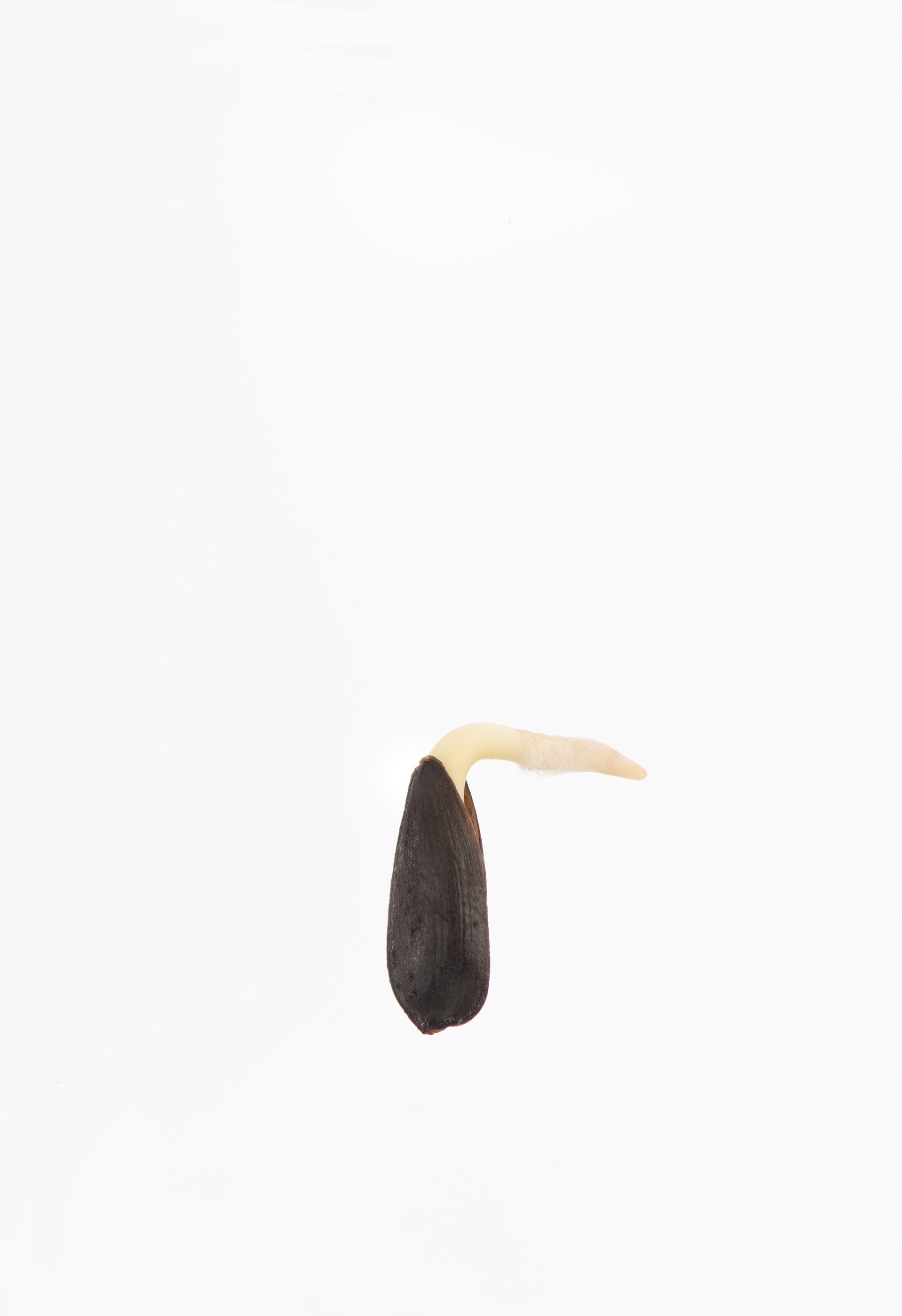
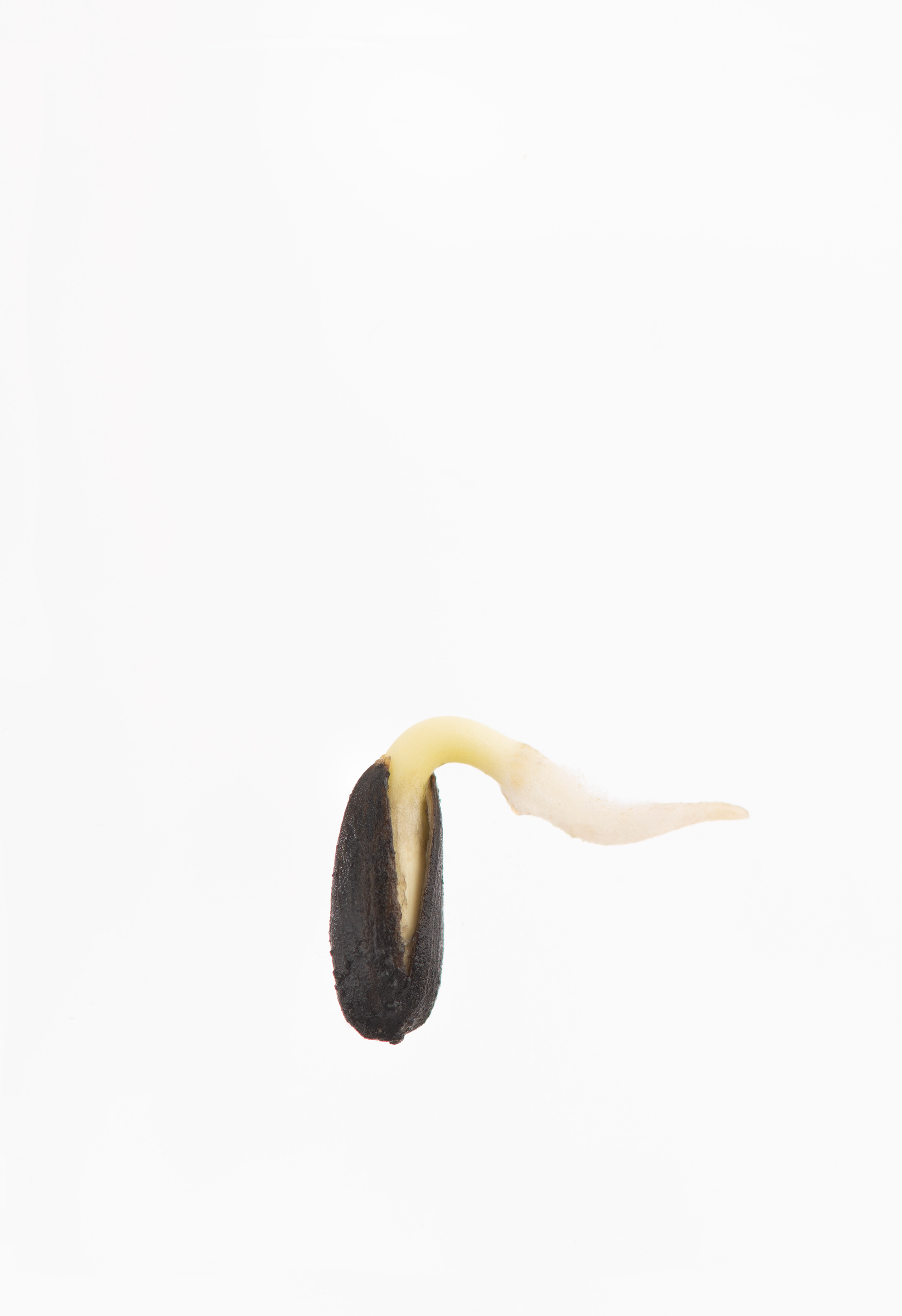
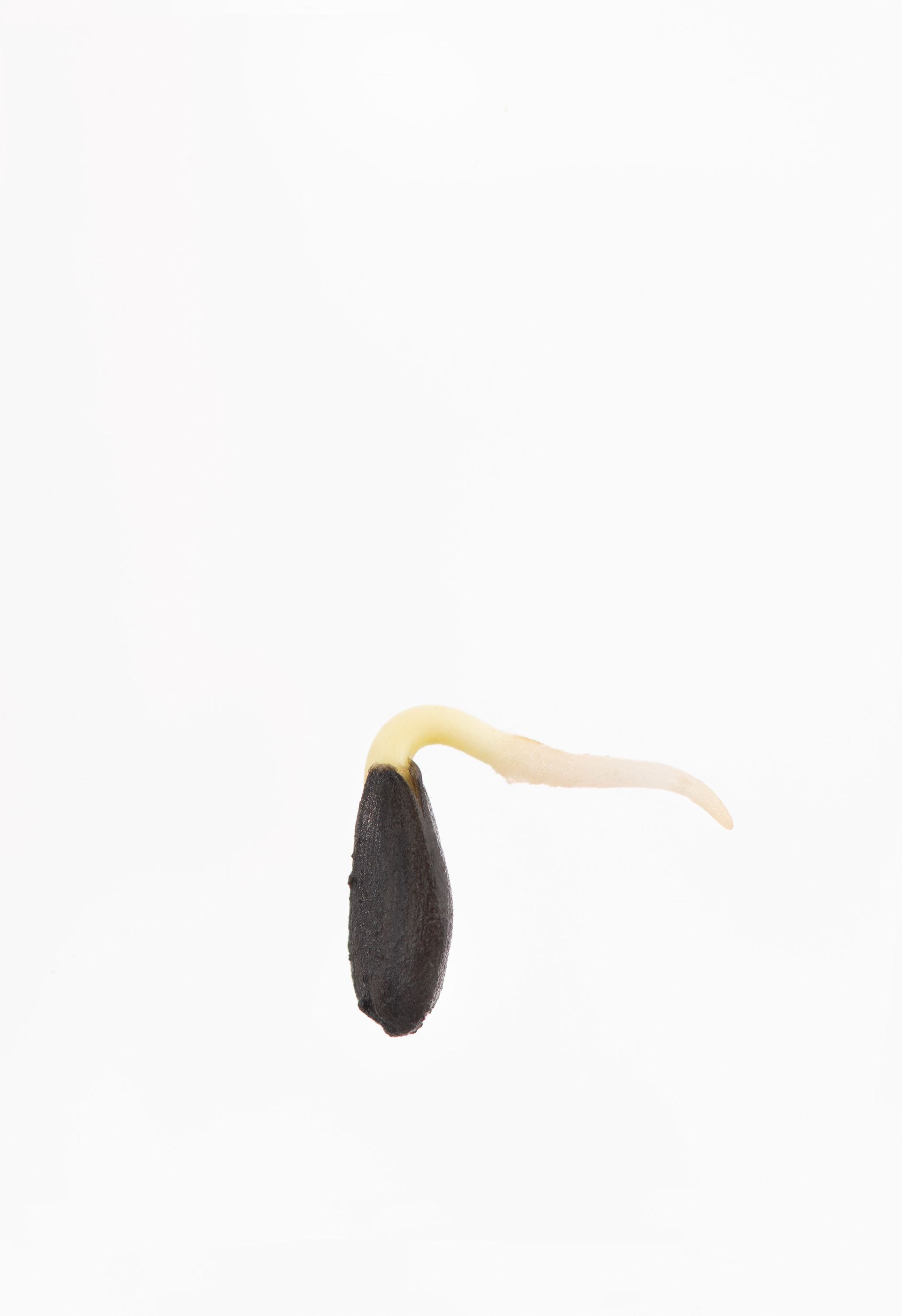
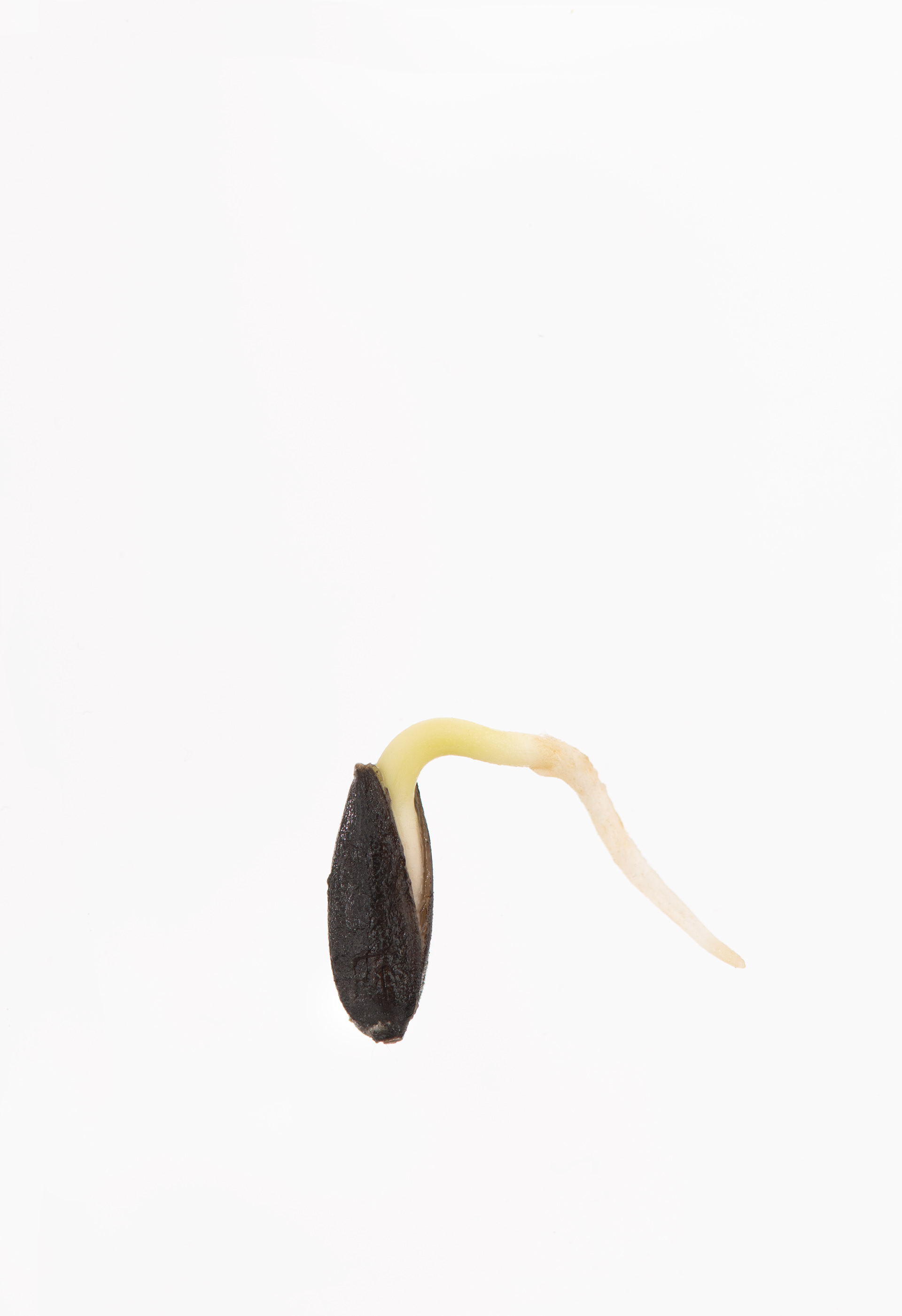
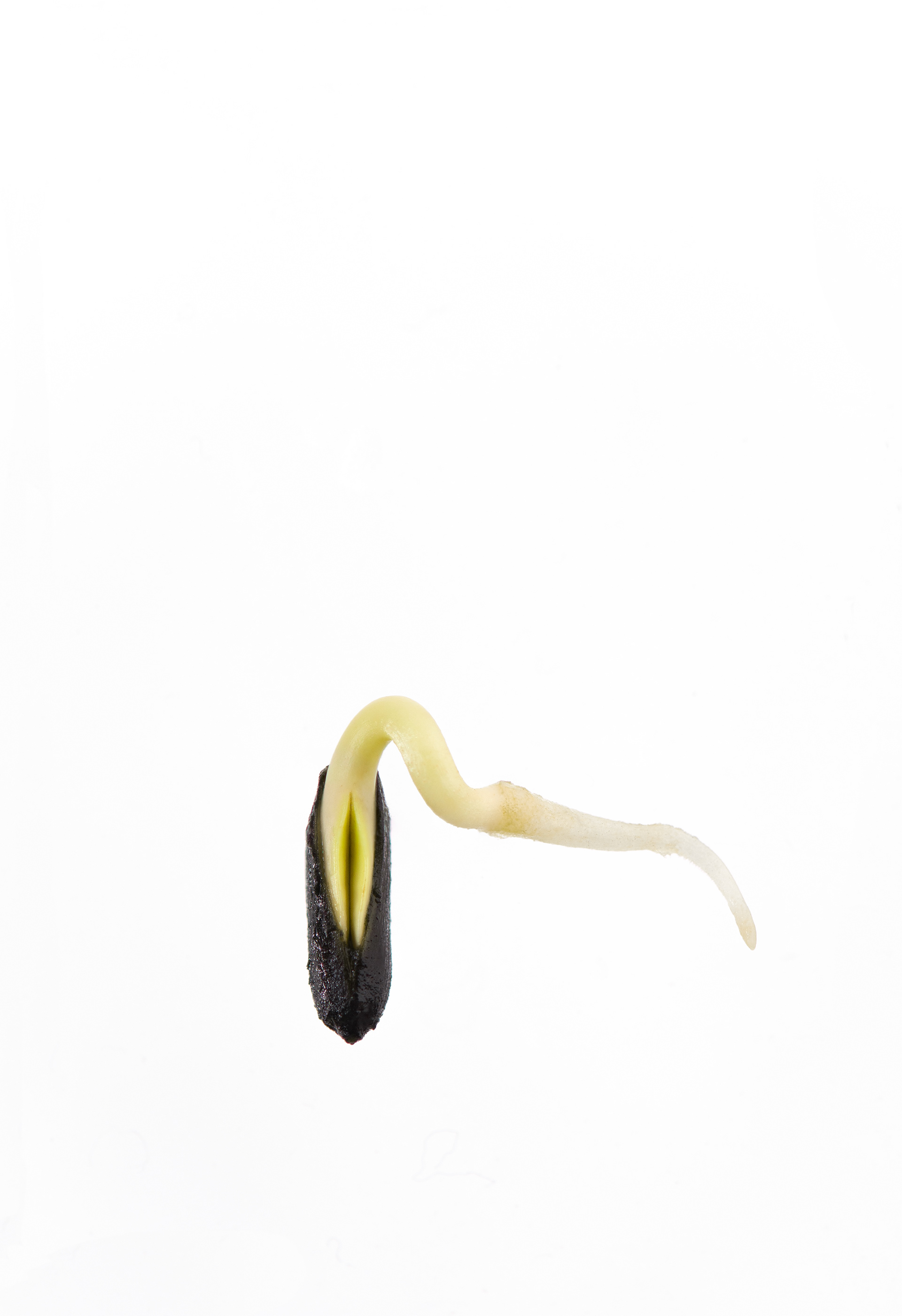
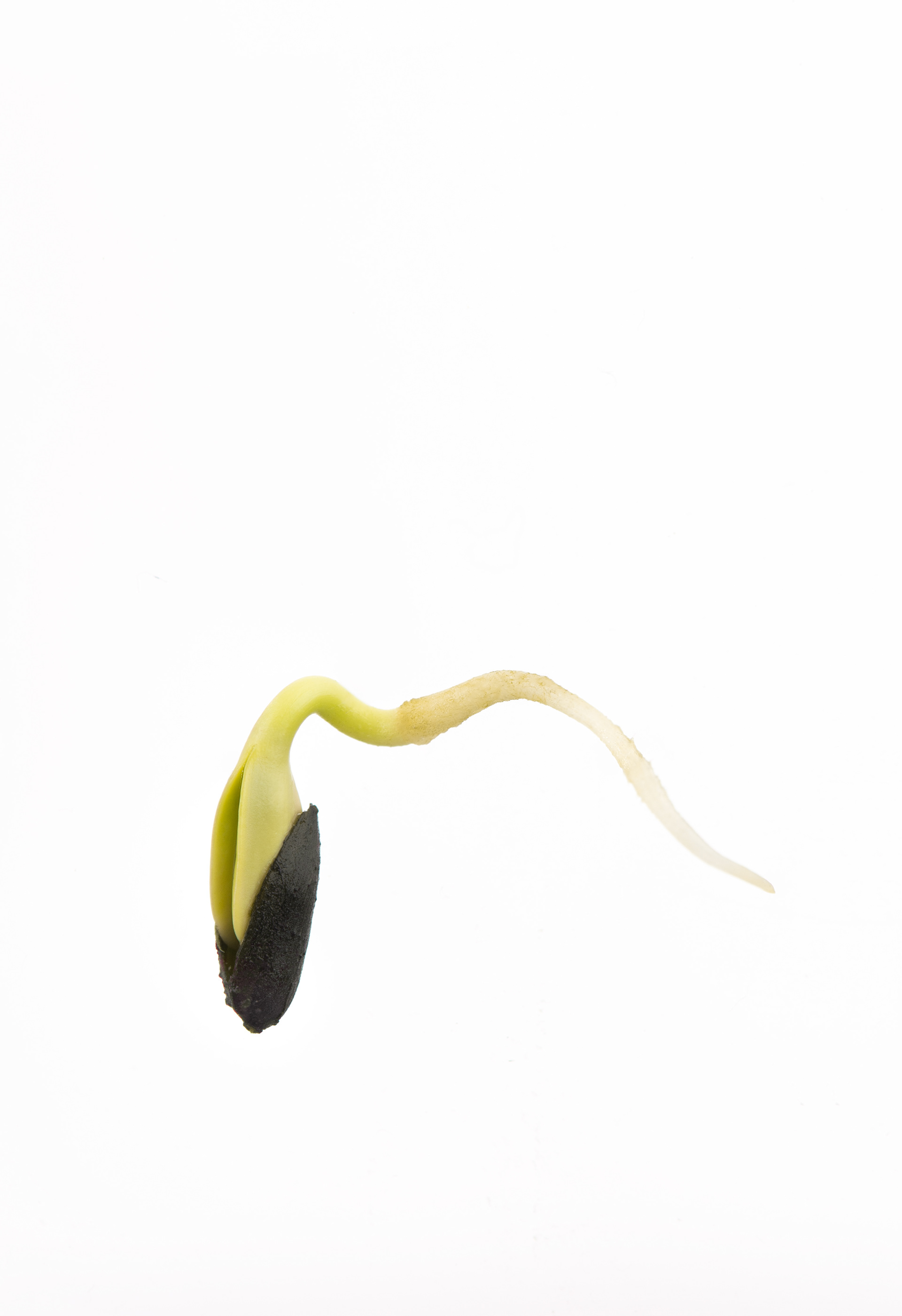
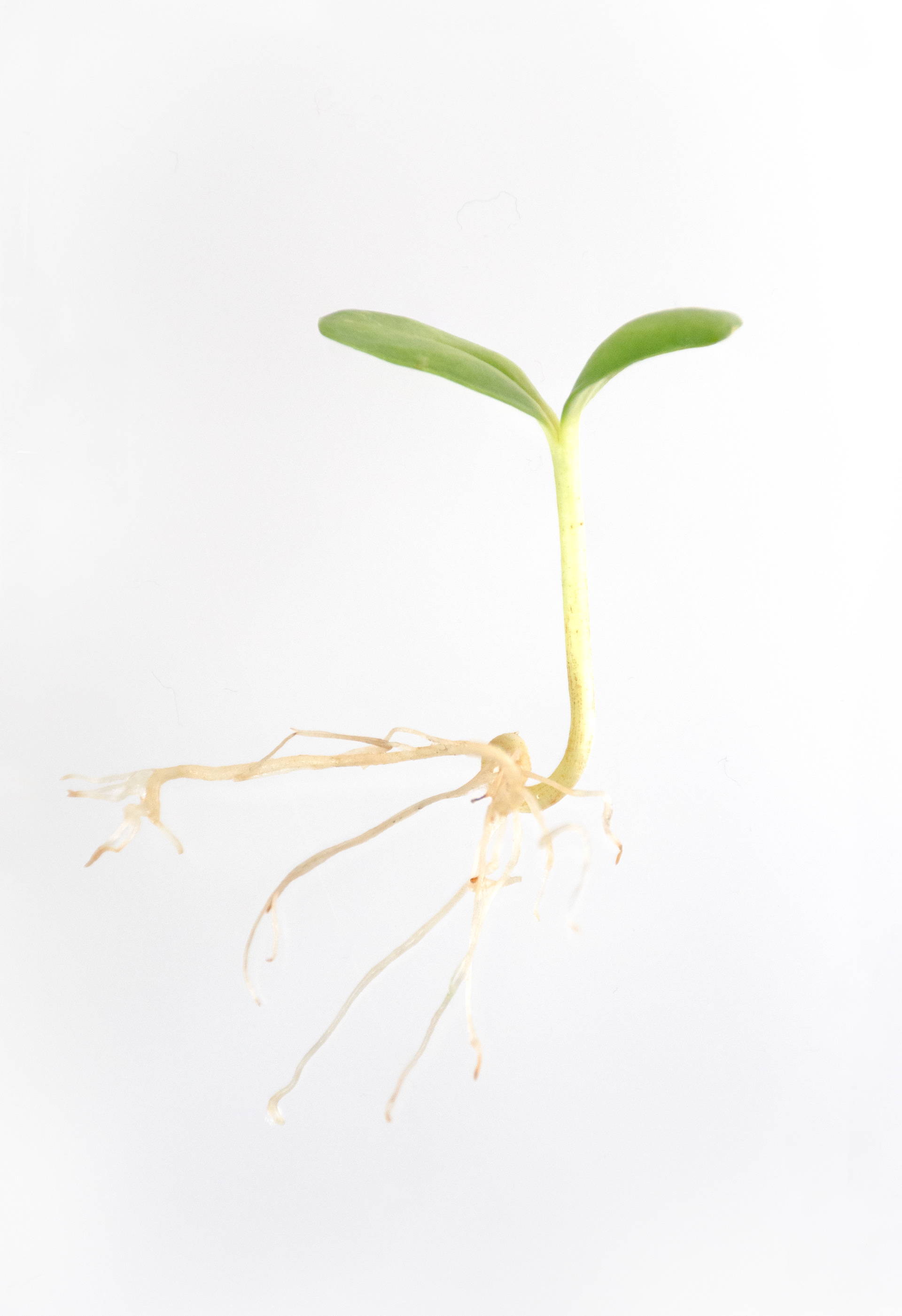
UMWELT, German for ‘environment’ is the theory, created by Jakob von Uexküll (1864-1944) that explains how the world is experienced by a particular organism. It is the belief, that every living creature must surely inhabit a world of its own…
This photographic series documents a plant’s own journey from seed to sapling in sixteen days – all that would usually happen underground and out of sight from our human eyes, which mostly is why I wanted to bring it to life, but also because of the magic and alienness it lures. It aims to kindle a more platonic connection with plants - revealing the intertwined similarities of the development of life between plants and animals, not indifferent to an embryo in a womb, mother to child, or mother to nature.
I have always found it fascinating how plants have evolved to cope with life in extraordinary ways, although we rarely notice their nuances walking down the street or in our everyday lives. I grew up helping my mum work on a waterlily farm during the summers - I remember sitting and staring intensely at the flowers waiting to see the petals draw up and close as the light levels dropped, but each time could never quite actually notice or comprehend the fact they were moving... Twenty minute’s later I’d come back to see that the buds had totally closed up like magic. They are living life alongside us everyday.
“They are not brethren, they are not underlings; they are other nations, caught with ourselves in the net of life and time, fellow prisoners of the splenor and travail of the earth” – MOTH (More-than-human-rights) rights’ narrative about nonhuman species.
As we face the consequences of climate change, experts have let on that we need a more emotionally-based approach to nature to accompany our scientific understanding, and that information alone is not enough. Not only do we rely on plants for our climate, oxygen, food, shelter, clothing and medicine, but by forging more emotional bonds with the natural world, I believe we can take one step closer to recognizing ourselves as part of nature of which we have always been part, and that by caring for said ‘nature’ we are caring for ourselves too. We need to find more ways of listening to the voices we don’t hear.
